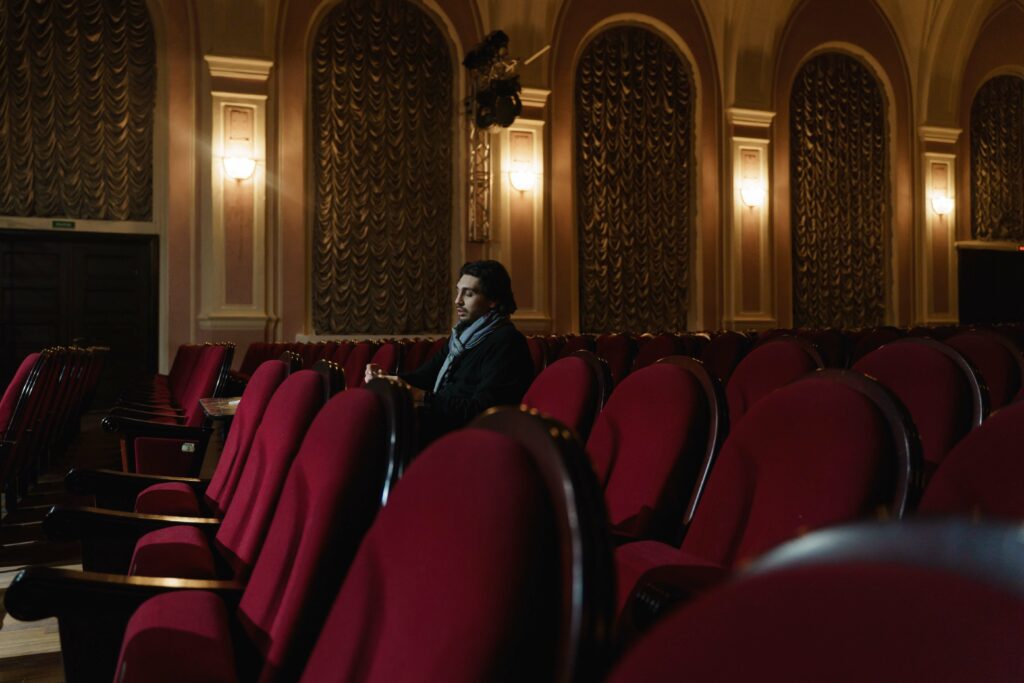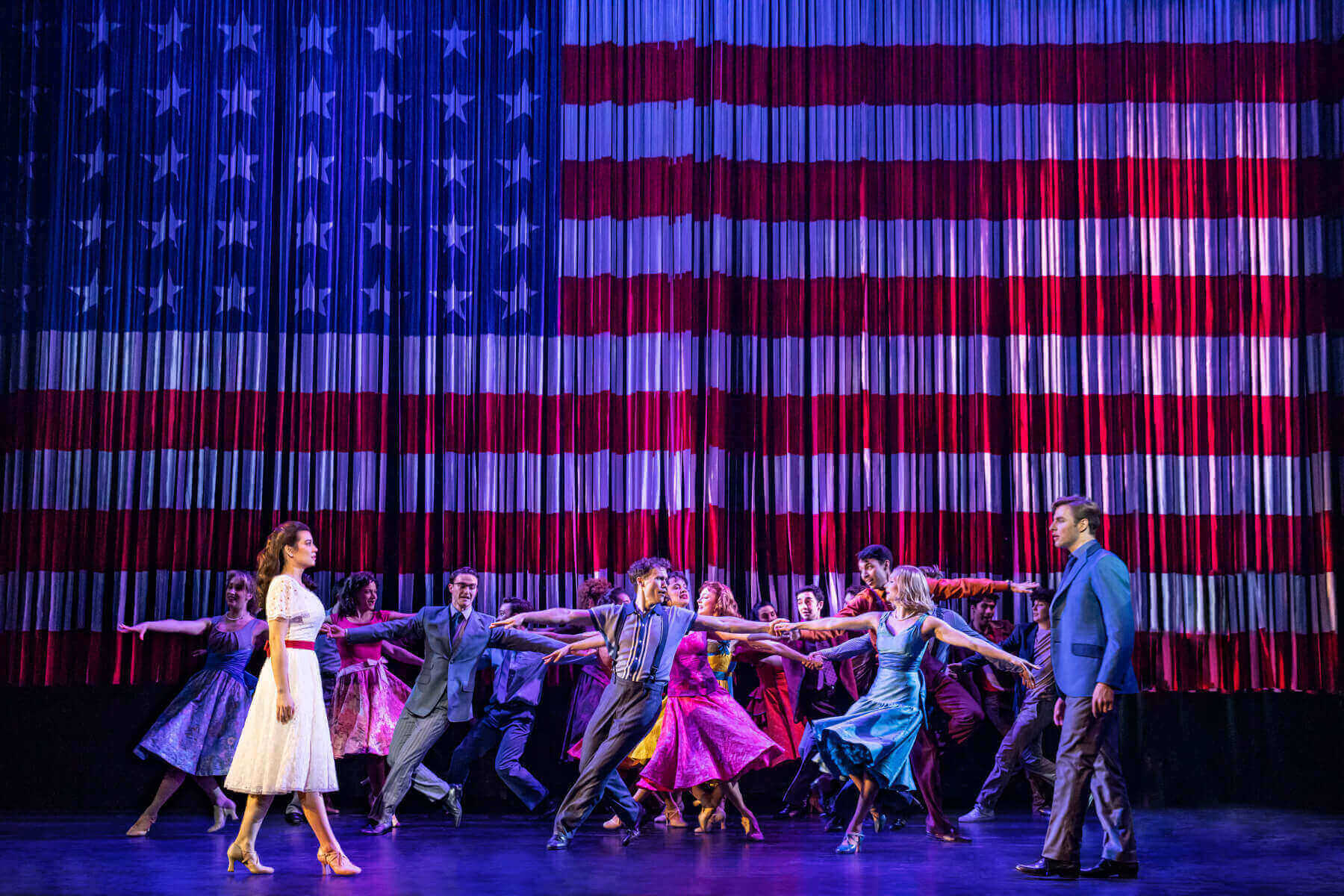Taking a look back.
As a student pursuing my Master’s degree in English Studies at LMU, one of my classes allowed me the freedom to develop my own project and see it through over the course of a semester. For my Project Seminar, I decided to be a theater critic with the idea in mind that I would attend a handful of English theater productions around Munich and then create a website that resembled theater reviews from well-known newspapers such as The New York Times, The Guardian, etc. In my mind, I wanted to become that person who is well respected, sits in the audience, reviews performances and presents them to the public letting them know if certain shows are worth seeing or not. A critic has the expertise of the genre while providing the public the feedback they might be looking for on whether or not they should attend a certain production. They are the giver of advice and as such a critic’s word is highly appreciated and sometimes considered gold.
With that in mind, I started my theater critic journey by choosing four plays over the course of my semester. Three of the productions were held at the Amerikahaus in Munich, which strictly performs only in English and included Animal Farm, A Christmas Carol and Hamlet, and the fourth, West Side Story, was held at the Deutsches Theater, also in Munich.
The process I took when it came to reviewing the plays included the following. Coming from a slight theater background, as I participated in theater in my early school days before university, I had an idea of what to expect when it came to successful performances. However, looking at the productions from the eyes of a critic did present its challenges compared to participating in them. As such, before attending each performance, I made sure to do a little research with regards to the story. Each of the plays I chose happened to be stories of which I was familiar with either because I had read them or seen a film version. Therefore, I made sure to refresh my memory before each performance, especially if it had been awhile since I had read the play. Additionally, it was important to realize that there is a difference between reading a play and seeing it. When you read, you create your own images in your head; maybe have voices for each of the characters and you enjoy the story at your own pace. Perhaps there are even footnotes when it comes to more difficult plays such as Hamlet, which aid in understanding. Performances, on the other hand, are completely different because you as a viewer are seeing the plays from another’s interpretation. Just because you had someone specific in mind for a certain character doesn’t mean that is how the character will look on stage. Instead of reading, you are viewing, and everything you came to know could be completely different due to the director’s vision. In a way, it’s no longer personal but an art form reinterpreted by another.
When attending each performance, I took along a notebook and wrote down all of my observations throughout the entire play. I made sure to note everything which ranged from the set, costumes, music, the acting of the performers, if there was any deviation compared to the book or original film version, etc. My criteria were to pay attention to anything that stood out and made it a unique performance. What made it worth watching or not worth watching? Did it deserve the time of viewers to come and see it? After each performance, I made sure to get quotes from other audience members to get their reactions and thoughts on the plays as well, as I didn’t want to come off as one-sided in my reviews. Additionally, at the last performance I went to, I had the opportunity to speak with one of the actors and learn about his style of acting. It was important to keep in mind to present all angles of a production by speaking with as many people as possible.
After attending the productions, I made sure to write my reviews within a couple of days to make sure I included everything I wanted while it was still fresh.
As for the writing process, that was a new experience for me and I was unsure where to begin. Thus, I made sure to consult online sources. Coincidentally, The Guardian just so happened to have a blog on the subject due to an outreach program back in 2012 that was aimed to get their readers to write their own reviews on a new production of Cat on a Hot Tin Roof. The main pointer I received from the blog had to do with the outline you should follow. This includes providing the reader with some background about the play, outline of the plot and themes, description of staging and sounds, and an overall evaluation of the production and acting. Thus, I did my best to stick to this outline, but changed it up based on how I decided to evaluate each performance.

Another tip I received both from the blog as well as from a colleague at my current job who used to write theater and restaurant reviews for an English newspaper in Thailand, was to pay attention to length. This of course pertains to the outlet for which you are writing, as some newspapers and online websites maintain a certain length for reviews. My colleague said the magic length was between 800 to 1000 words, which I honestly struggled to follow. There was so much I wanted to say in my reviews in order to provide the best possible advice for readers, that sometimes I just went into too much detail, which wasn’t necessary.
Furthermore, I made sure to connect with management for each of the productions in order to get professional photos from each of the performances. They say a picture is worth a thousand words, and I wanted to make sure readers could get a glimpse of what they might see.
In addition, I also made sure to grab a playbill in order to get the information I needed on the actors, as well as any background information they might have about their specific production. This I came to found out had its difficulties as I learned when I spoke with the producer of three of the performances. Upon request of a playbill for the second production I attended, the producer told me that playbills don’t sell anymore and many theaters have stopped producing them since the audience isn’t buying them, or interested in receiving them. Personally, I found this rather unfortunate as I always enjoyed receiving the playbill whenever I attended performances over the years. And trust me; I have attended my fair share and guiltily still have a box full of playbills from all of the productions I’ve ever seen.
But despite the small hiccup with the playbill, I still managed to get the information I needed by simply asking the producer.
After writing each of the reviews, I then decided to create an outlet that allowed me to simulate what reviews look like when published by a well-known newspaper. I went with WordPress and picked a format that resembled a website from a newspaper. I then went on to post my reviews in order for them to be open to the public to read.
Furthermore, I wrote this meta-reflection in order to share insight into the process I took and for readers to know the time and effort that is spent by reviewers as well as the resources and communication needed in order to provide the public with the best feedback. Essentially, reviewers work for the people.
In the end, what was nice about creating my own WordPress for this project is that I can continue it outside of my studies, as well as have an outlet that allows me to not only write theater reviews, but also anything that I want to share as a writer or creator in general. My options are endless all thanks to my project seminar which allowed me to revisit a former hobby but this time as a reviewer and not as a performer.



